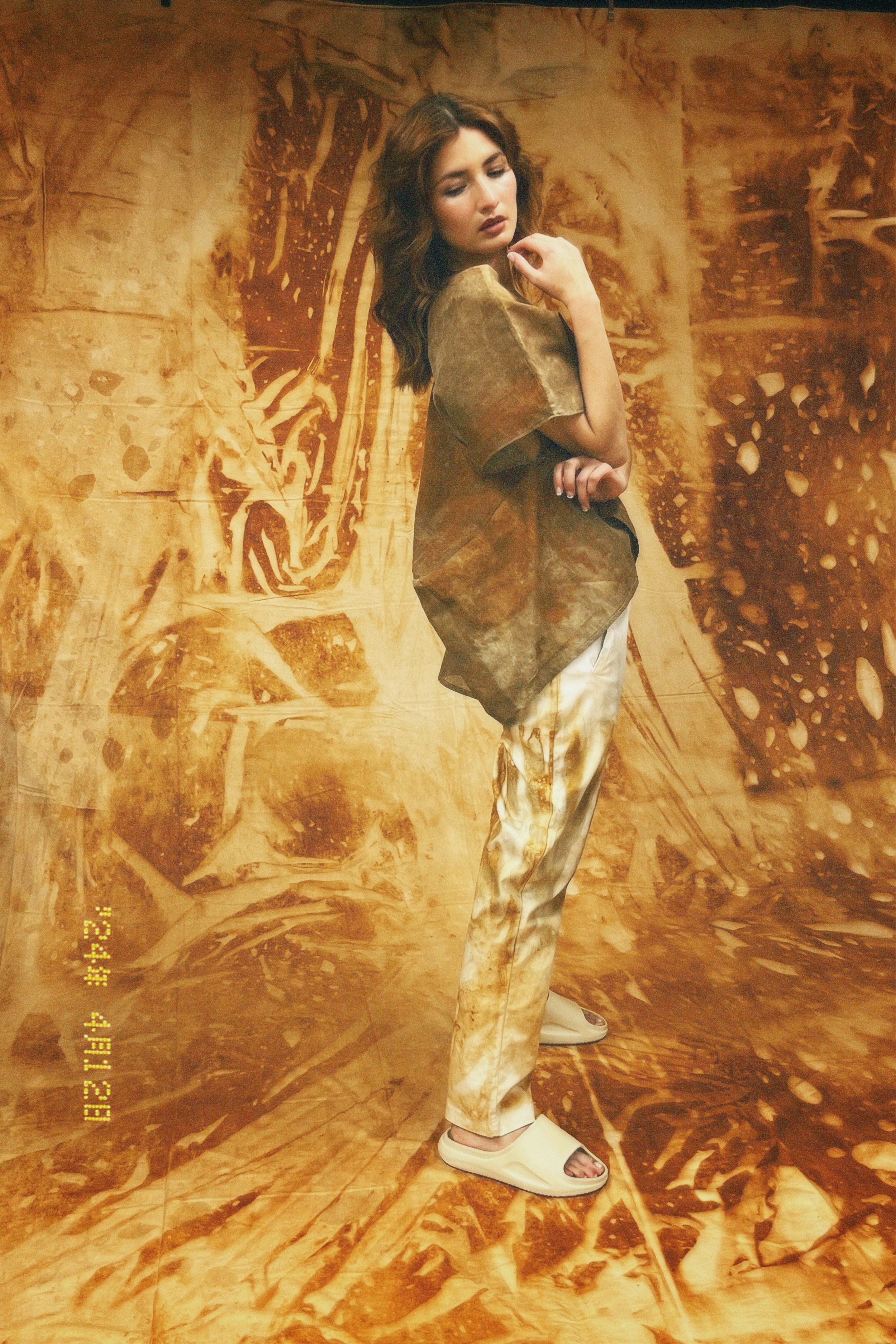 Image 1 of 7
Image 1 of 7

 Image 2 of 7
Image 2 of 7

 Image 3 of 7
Image 3 of 7

 Image 4 of 7
Image 4 of 7

 Image 5 of 7
Image 5 of 7

 Image 6 of 7
Image 6 of 7

 Image 7 of 7
Image 7 of 7








Cubo Huipil
The history of the Mexican huipil is deeply intertwined with the cultural heritage and traditions of indigenous communities across Mexico. Thehuipil has served as a symbol of identity, status, and craftsmanship among indigenous peoples such as the Maya, Zapotec, Nahua, and Otomi. Worn primarily by women, the huipil evolved over centuries, reflecting regional variations in design, weaving techniques, and symbolic motifs that conveyed spiritual beliefs, social status, and cultural identity. Despite attempts at suppression during the colonial era, the huipil persisted as a resilient emblem of indigenous pride and resistance. Today, the huipil continues to be celebrated as a symbol of Mexico’s rich cultural diversity, with contemporary artisans preserving ancient traditions while adapting designs to modern tastes, ensuring its enduring legacy for generations to come. Silhouette and pattern-making vary across regions and indigenous communities, but the huipil generally features a loose, rectangular or trapezoidal shape, often with a square or rounded neckline.
The history of the Mexican huipil is deeply intertwined with the cultural heritage and traditions of indigenous communities across Mexico. Thehuipil has served as a symbol of identity, status, and craftsmanship among indigenous peoples such as the Maya, Zapotec, Nahua, and Otomi. Worn primarily by women, the huipil evolved over centuries, reflecting regional variations in design, weaving techniques, and symbolic motifs that conveyed spiritual beliefs, social status, and cultural identity. Despite attempts at suppression during the colonial era, the huipil persisted as a resilient emblem of indigenous pride and resistance. Today, the huipil continues to be celebrated as a symbol of Mexico’s rich cultural diversity, with contemporary artisans preserving ancient traditions while adapting designs to modern tastes, ensuring its enduring legacy for generations to come. Silhouette and pattern-making vary across regions and indigenous communities, but the huipil generally features a loose, rectangular or trapezoidal shape, often with a square or rounded neckline.
The history of the Mexican huipil is deeply intertwined with the cultural heritage and traditions of indigenous communities across Mexico. Thehuipil has served as a symbol of identity, status, and craftsmanship among indigenous peoples such as the Maya, Zapotec, Nahua, and Otomi. Worn primarily by women, the huipil evolved over centuries, reflecting regional variations in design, weaving techniques, and symbolic motifs that conveyed spiritual beliefs, social status, and cultural identity. Despite attempts at suppression during the colonial era, the huipil persisted as a resilient emblem of indigenous pride and resistance. Today, the huipil continues to be celebrated as a symbol of Mexico’s rich cultural diversity, with contemporary artisans preserving ancient traditions while adapting designs to modern tastes, ensuring its enduring legacy for generations to come. Silhouette and pattern-making vary across regions and indigenous communities, but the huipil generally features a loose, rectangular or trapezoidal shape, often with a square or rounded neckline.
